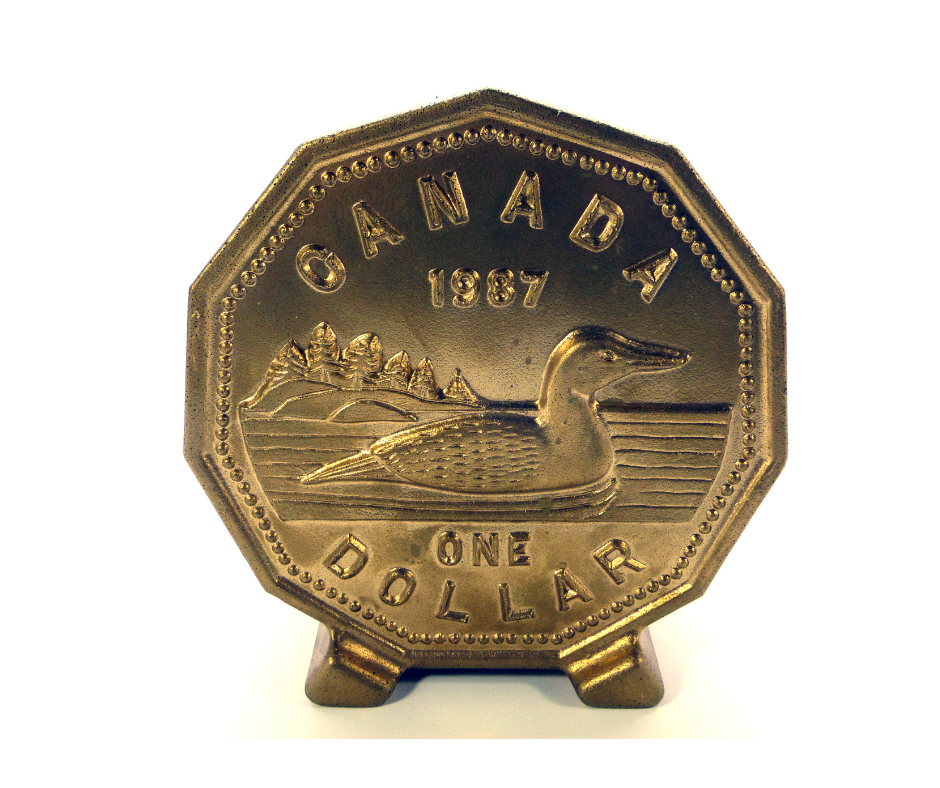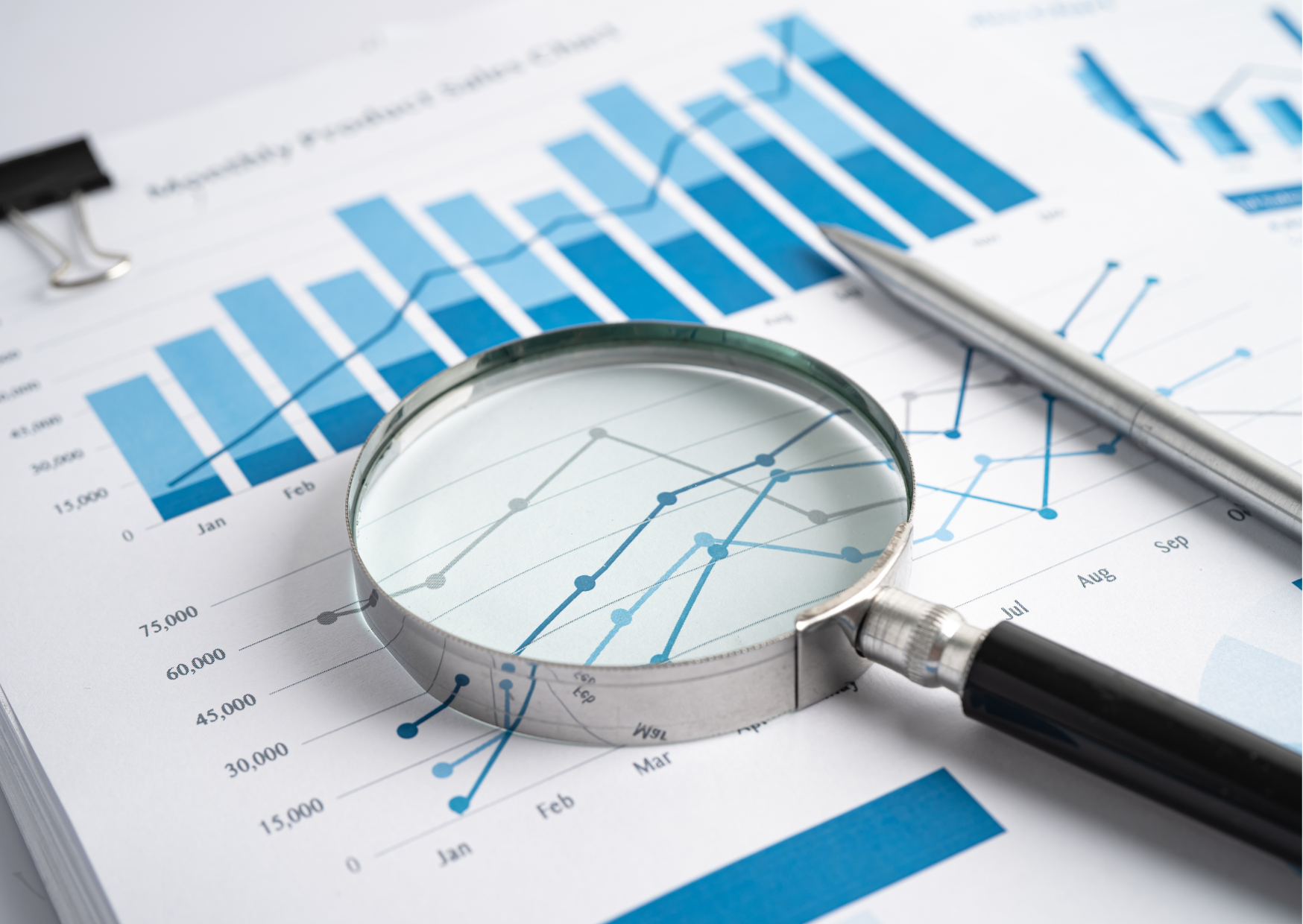How do I Prepare for Separation?
Although no one plans for their marriage to end, a bit of planning in advance of separating will help down the road.
Lately, I’ve met a lot of people, women in particular who are separating from their spouse. It may be a bit depressing but since 48% of first marriages (and much higher for 2nd marriages) end up this way, it is a reality. My friends that have divorced found it difficult, but in the end they are happy.
I attended a divorce and taxes workshop to sharpen my skills in this area.
Here are some tips that were written by John-Paul Boyd, Executive Director of the Canadian Research Institute for Law and the Family, and is an excerpt from JP Boyd on Family Law. The tips are to help figure you figure out who owns what and to whom one of you owes any money.
Family property, family debts and excluded property
Take a careful, but not too obvious, tally of what each of you owns. This might be difficult if you and your spouse keep separate bank accounts and maintain your own investments, but make your best efforts. A list of your spouse's RRSPs, stocks, investments, bonds, GICs, cars, motorcycles, boats, ATVs, insurance policies, properties, and bank accounts may prove to be extremely useful.
One less obvious tip is to keep a record of the names of the financial institutions that are sending your spouse mail. You don't even need to open the envelope, just record the name and address. If your family has a safety deposit box, you should go to it and make a list of the contents. Make a list of the more valuable items in the family home.
Next, you should make your best efforts to find out what property you owned and what debts you were responsible for when you and your spouse began to live together or got married, whichever was earlier. The online statements most banks provide don't go back more than two or three years, so you may have to dig into your paper files or think about ordering old statements from your banks and other financial institutions.
New debts
Once you've decided that you're going to separate, stop involving yourself in shared debts. Don't sign any new credit card or loan applications, and especially don't sign any blank documents!
New property
Keep track of the money and property coming into the household. Make sure you know who bought it, why it was bought and with what money it was bought! If you have recently or are about to receive a personal gift like an inheritance keep it separate from the family finances.
Personal matters
Open a new bank account, in your own name, at a new bank, preferably a different one than your family uses. It's also a good idea for you to arrange for your personal mail to be sent elsewhere, like to a friend or a post-office box. You can file a notice of change of address with the post office and they will automatically redirect your mail for you. Finally, no matter how stressful your home situation is, don't quit work. You will, in all likelihood, need the income in the near future.
Leaving home
One word: don't ― at least not just yet. Your situation may be difficult, perhaps even intolerable, but don't leave the family home until you've seen a lawyer especially if you have children. You might find that living on your own is unmanageable; once you've left the family home it can be very difficult to get back in. Remember that you can be separated from your spouse and still live in the same home.
See a lawyer
Even before you've separated, it's usually a good idea to talk to a lawyer to get an idea of what your rights and duties are. Many lawyers will offer an initial interview at a flat or a lower rate. Use this opportunity to get the lawyer's opinion of your situation and an idea of what your options are. You may have an amicable relationship, but if you draw up an agreement between the two of you on your own without legal advice and there are issues later a judge would likely throw out the agreement.
Saving money for a lawyer
If you're worried about your spouse noticing from your credit card or bank statements that you've seen a lawyer, there's an easy way to save up enough for a small retainer, fee or the cost of an initial interview with a lawyer. Each time you take out money to buy groceries or clothing, keep a small amount aside, in cash, and save it in a place your spouse won't easily find. If a store lets you take extra cash when you pay with your debit card, take out as much as you can each time you go to that store.
It may take a while to save up enough money this way, but at least your spouse will never find out. Make sure you destroy the receipts from your shopping!
Source: John-Paul Boyd, Executive Director of the Canadian Research Institute for Law and the Family, and is an excerpt from JP Boyd on Family Law, a Clicklaw Wikibook © John-Paul Boyd and Courthouse Libraries BC




Follow Us
iA Private Wealth Inc. is a member of the Canadian Investor Protection Fund and the Canadian Investment Regulatory Organization. iA Private Wealth is a trademark and a business name under which iA Private Wealth Inc. operates.
This is not an official website or publication of iA Private Wealth and the information and opinions contained herein do not necessarily reflect the opinion of iA Private Wealth. The particulars contained on this website were obtained from various sources which are believed to be reliable, but no representation or warranty, express or implied, is made by iA Private Wealth, its affiliates, employees, agents or any other person as to its accuracy, completeness or correctness. Furthermore, this website is provided for information purposes only and is not construed as an offer or solicitation for the sale or purchase of securities. The information contained herein may not apply to all types of investors. The Investment Advisor can open accounts only in the provinces where they are registered.
Products and services provided by third parties, including by way of referral, are fully independent of those provided by iA Private Wealth Inc. Products offered directly through iA Private Wealth Inc. are covered by the Canadian Investor Protection Fund, subject to exception. iA Private Wealth Inc. does not warrant the quality, reliability or accuracy of the products or services of third parties. Please speak to your advisor if you have any questions.
All Rights Reserved | Right Direction Financial
Proudly built and managed by Sommer Digital Inc.














